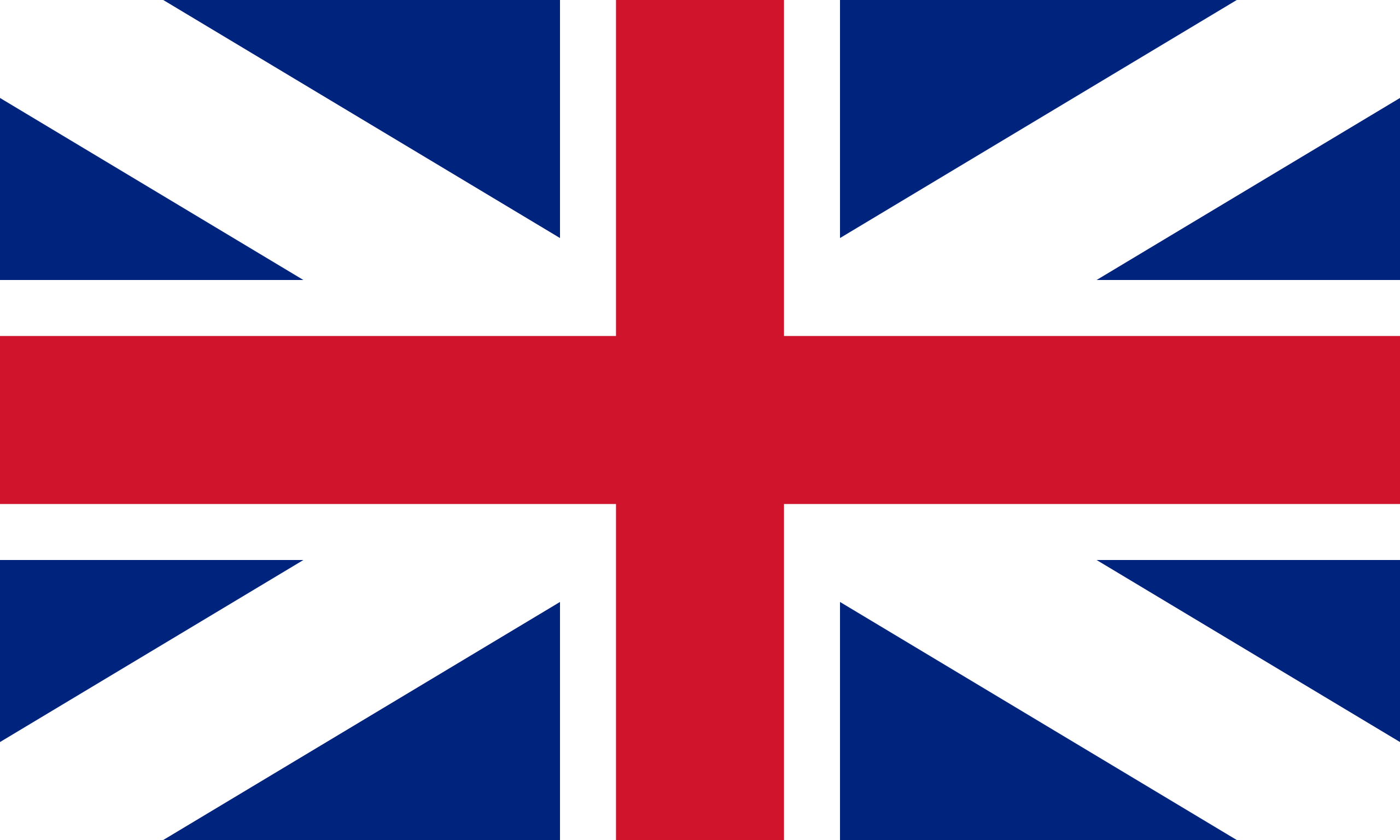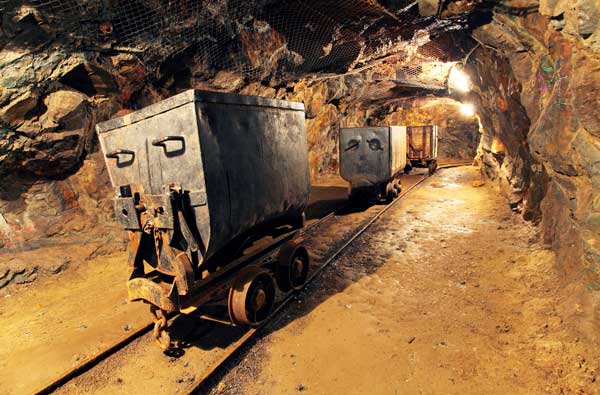Since the dawn of time, gold has been a symbol of power, wealth, and beauty. Its popularity and use have changed over time, from being used primarily as currency to being valued for its use in jewelry and manufacturing. In the Middle Ages, this precious metal was mined extensively in what is now Germany and the Czech Republic. The most important Czech gold mines were located near Jílové u Prahy, in the picturesque Posázaví region, just a few kilometers from our cottage. Today they offer visitors a unique opportunity to discover the secrets of medieval gold mining. Find out more about their history and how to visit them in this article.
History of Gold Mining in Jílové u Prahy
The Celts were the first to mine gold in Posázaví. More than 2,000 years ago, they began to pan for gold from the Sázava River and to process it in the oppidum at Závist u Zbraslavi, where they also minted their first coins. After the decline of the Celtic power, mining ceased for a while and was resumed by the Slavs in the 6th century AD.
However, as time passed, it was not enough for the Bohemian noblemen to pan for gold, and from the 12th century, underground mining began. The real boom of gold mining in the Jílové region came in the middle of the 13th century under the last Přemyslids and continued under the reign of John of Luxembourg. During the reign of Charles IV, Jílové became a royal mining town. Gold from Jílové was used to create the crown of St Wenceslas and to finance the construction of the New Town of Prague, Charles Bridge, and Karlštejn. According to the preserved records, the mines produced an average of 90 kg of gold per year at that time.
The flooding of the richest mines was followed by a decline, worsened by the Hussite wars, during which the town was twice attacked and burnt down. Between the 16th and 19th centuries, several attempts were made to resume mining, but only about 245 kg of gold was mined during this period.
Gold mining in the Jílové region was resumed only in 1958 in the Pepř and Bohuliby mines. The traces of mining in Bohuliby are still visible in the vicinity of our cottage; when walking in the upper part of the adjacent forest, you should pay attention to the numerous depressions in the terrain. Mining continued in both mines until 1968 when it was stopped due to low profitability. During this post-war period, 420,000 tonnes of ore were mined in Jílové, yielding 1,133 kg of gold.
So how much gold has been mined at Jílové in the course of its mining history? Over the past 900 years, about 500 mines have been opened in this gold-bearing region. If we include post-war mining, a total of 11 tonnes of gold has been mined here, which is one-third of all primary gold deposits mined in the Czech Republic. To give you a better idea, about 3,000 tonnes of gold are currently mined each year in the world. By comparison, the total gold production at Jílové, despite its historical importance, is relatively modest on a global scale. Nevertheless, it is an interesting piece of history that is well worth learning about.
Regional Museum in Jílové u Prahy
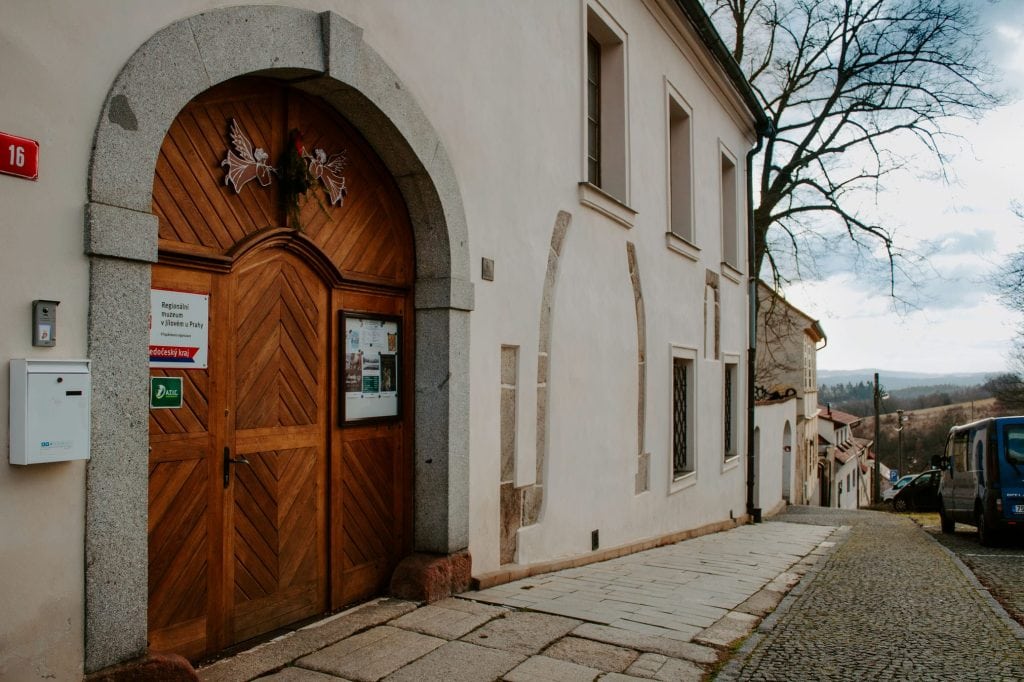
This museum is a must on your visit to Jílové u Prahy. The building that houses the museum has an interesting history of its own. In the Middle Ages, the house briefly belonged to the alchemist Edward Kelley (who you can hear about on one of the unique Alchemy & Mysteries of Prague Castle tours).
There are currently three exhibitions. The first is Ora et labora, dedicated to the Benedictine monastery of St John the Baptist at Ostrov near Davle. The exhibition includes a reconstruction of the monastery’s scriptorium and the interior of a country house. The second permanent exhibition is devoted to the history of tramping in Posázaví. Visitors can browse through thematic magazines, sit in a traditional log cabin, or look at an interactive map of tramp settlements.
However, the main focus of the museum in Jílové is the exhibition on the history of gold mining and processing. During the summer of 2024, it will undergo extensive reconstruction and we can look forward to its grand opening on 7 September 2024 at 14.00. The new exhibition will offer five rooms full of attractions, including a gallery with interactive elements, a replica of the largest gold nugget in the world, and encounters with important figures such as Charles IV and Edward Kelley.
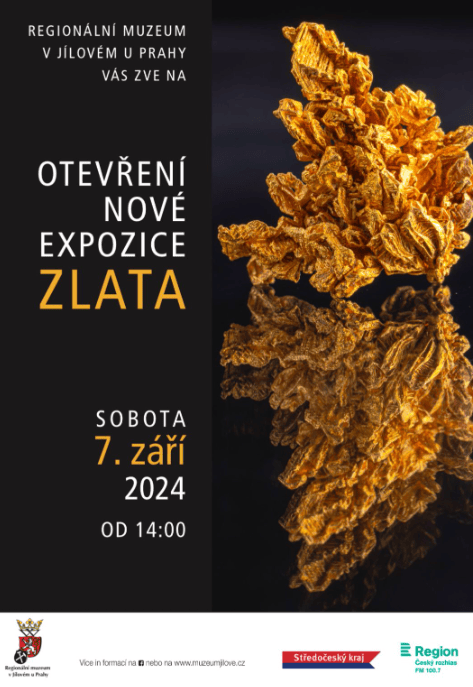
Nature Trail Jílovské zlaté doly
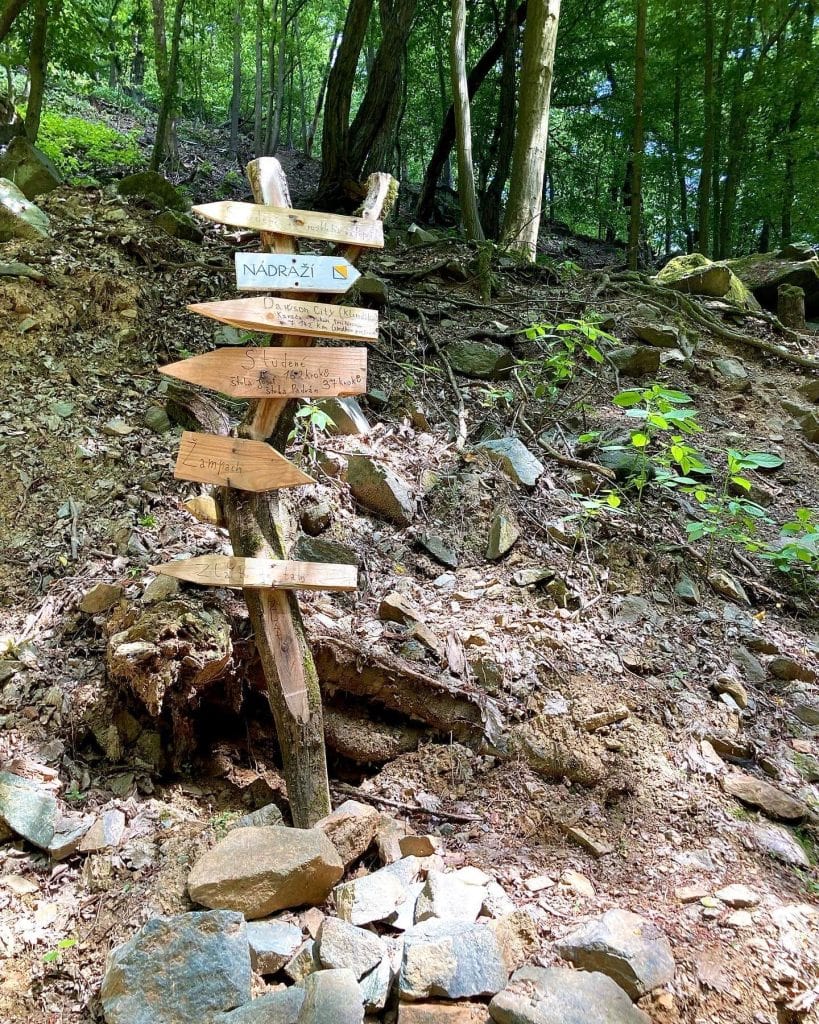
The Jílové Gold Mines Nature Trail is also part of the exhibition on the history of gold mining. It is mainly an asphalt path, which in some places leads along dirt roads. There are two ways to follow it.
The first trail is a loop route and is 4.5 km long. It starts at the museum on Masaryk Square in Jílové and leads to the Chapel of St. Anne in the direction of Horní Studené and back past the Pepř lookout tower, which offers a beautiful view. On the way, you will also pass the site of the former Pepř mine.
The second route is one-way, until Horní Studené it follows the first route, then continues on to Dolní Studené to the Sázava River. The total length is about 5 km. It is a nice walk that will take you to the adits of St. Joseph and St. Anthony of Padua, but also to the Žampach railway viaduct, the highest stone bridge in Central Europe, over which the legendary Posázava Pacific passes. Nearby you can also see the 1,400-metre-long water dam, which was originally designed to power a water-draining machine used to drain mines. The trail ends at Kamenný přívoz village, from where you can take a bus back to Jílové.
On both trails, you will find stops with panels providing complete information about the place.
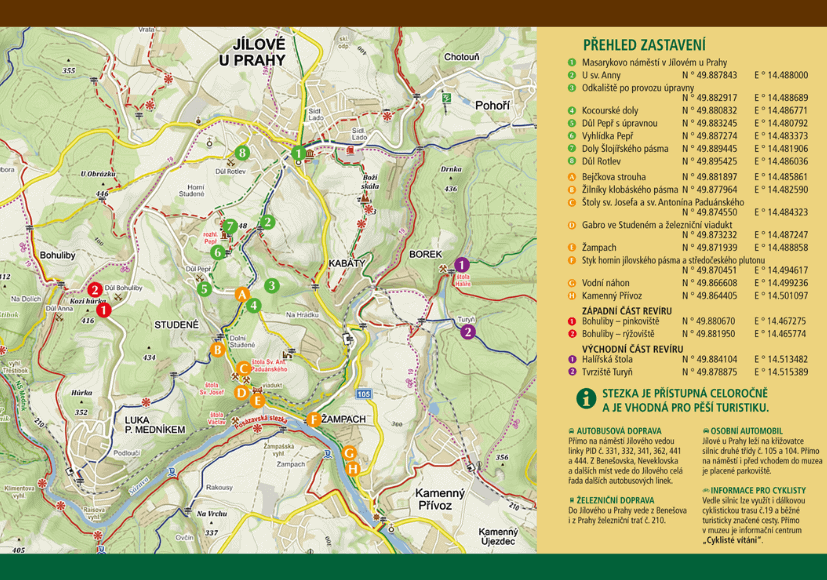
Visit to the Gold Mines
There are currently four historical mines to visit in the Jílové region. Three of them are managed by the Regional Museum in Jílové: the St. Joseph Mine, the St. Anthony of Padua Mine, and the Haliř Mine. The first two mines are part of the Jílové Gold Mines Nature Trail.
The St. Joseph adit has an inclined profile and a total accessible length of 200 m. Inside, there are two excavations with partially preserved equipment and a ventilation shaft leading to the upper workings.
The St. Anthony of Padua gallery is a little more adventurous, with two levels connected by a system of ladders. The corridors are not lit, so each visitor is given a miner’s lamp. The visit can therefore be quite challenging.
The Halíře adit, located south-east of Jílové near the village of Borek, is characterized by its diamond-shaped profile, which allows access for strollers and wheelchairs. A new part of it was excavated in the 1950s to determine the extent of the ore veins. Today it houses a 270-metre-long illuminated corridor, including a mini-exposition of mining equipment.
Apart from these adits, you can also visit the Václav adit with the Pepř mine near Jílové. It is being restored by the Montanika company, which is trying to create a mining museum on the original site. The standard tour is 4 km long and includes a ride on the underground train. The tour is only possible by prior request. An underground Via Ferrata is also being built in the mine. More information about this project and the possibility of a visit can be found here: https://www.jilovskezlatedoly.cz/ .

Whether you are a history enthusiast or not, the mining past of Jílové is an integral part of this region and you should definitely not miss out on learning about it during your stay at our cottage. We believe that you will be as pleasantly surprised by the exhibitions as we are.

